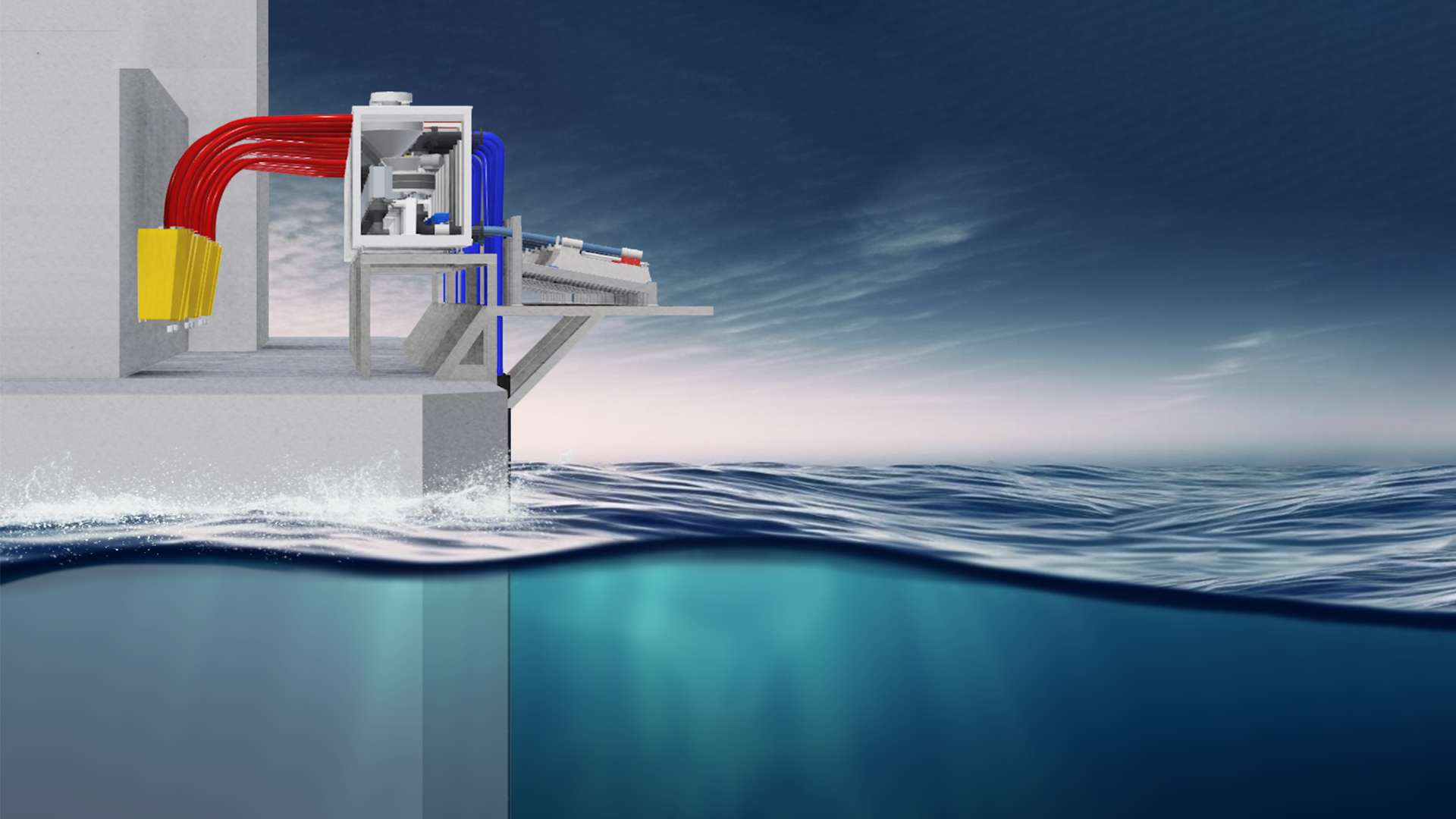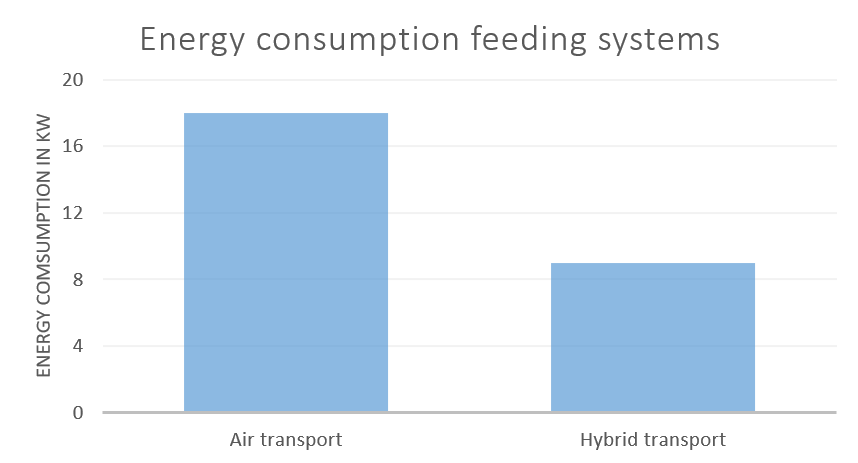
AKVA group has achieved success with its innovative deep farming technology, which separates the salmon from the sea lice. The problem of salmon lice can be significantly reduced. Now AKVA group is taking the next step by developing hybrid waterborne feeding that can be easily installed not only on barges involved in deep farming operations but also on all other existing barges. Pilot projects are already being installed at several locations in Norway, with the goal of offering the concept to the market by the fall of 2023.
 Director of Innovation Arnstein Hosaas at AKVA group.
Director of Innovation Arnstein Hosaas at AKVA group.
"We are experiencing great interest in deep farming, which requires waterborne feeding. Hybrid waterborne feeding enables deep farming and reduces the energy consumption related to feeding. Our hybrid waterborne feeding solution can be installed on most existing barges without major modifications. It is both cost-effective and time-saving," says Arnstein Hosaas, Director of Innovation at AKVA group.
Great market interest
AKVA group is committed to driving innovation in the aquaculture industry and is currently experiencing significant interest in hybrid waterborne feeding.
"We are very excited to develop this technology, which will make fish farming more efficient and sustainable. We look forward to implementing our solution at more locations in the future. Despite high demand, it is still possible to order hybrid waterborne feeding in 2024," he says.
 The module's cyclone mechanism slows down the feed from the airborne system and directs it into a water sluice. The feed is then transported through the sluice using water and delivered to the fish pen.
The module's cyclone mechanism slows down the feed from the airborne system and directs it into a water sluice. The feed is then transported through the sluice using water and delivered to the fish pen.
On 14 June, you have the opportunity to participate in AKVA group's webinar, where Hosaas will provide a comprehensive introduction to the technology. The webinar gives interested individuals the opportunity to expand their knowledge and get answers to their questions. Sign up here (in Norwegian).
Energy-saving

Based on the results from the pilot projects, hybrid waterborne feeding uses approximately half the energy (8-9 kW) compared to airborne feeding.
"Traditional feed barges with airborne feeding can easily be converted to waterborne feeding using AKVA group's hybrid solution. Fish farmers do not need to purchase new feed barges or carry out extensive modifications when installing hybrid waterborne feeding," says Hosaas.
